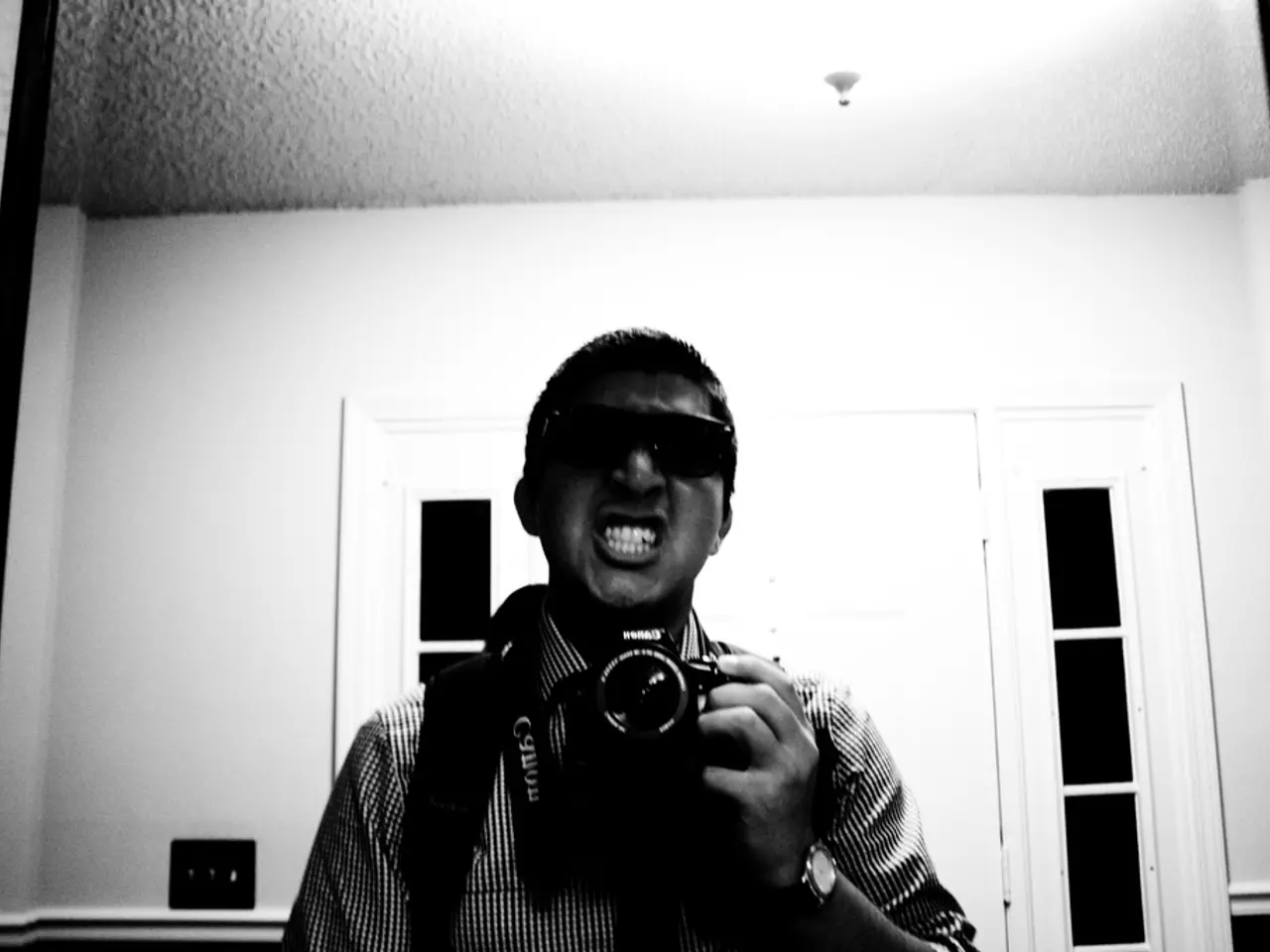Repurpose Your Previous Nikon Lenses on Your New Mirrorless Fujifilm Camera
If you own a mirrorless camera and have an old DSLR lens gathering dust, you might be wondering if you can use them together. The good news is that with a compatible lens adapter, you can indeed use DSLR lenses on a mirrorless camera. Here's a step-by-step guide on how to do it.
Step 1: Select the Right Lens Adapter
The first step is to choose the right lens adapter for your DSLR lens mount and mirrorless camera mount. For example, if you have a Nikon F mount lens and a Fujifilm X mount camera, you would need a lens adapter designed for Nikon G/F/AI/AIS/D/AF-S lenses to Fujifilm X mount cameras.
Step 2: Attach the Adapter to Your Mirrorless Camera
Once you have the right adapter, you can attach it to your mirrorless camera. Align the alignment marks (usually red or white dots) on the adapter and twist it until it clicks into place.
Step 3: Mount Your DSLR Lens Onto the Adapter
After attaching the adapter to your camera, you can mount your DSLR lens onto the adapter. Align the markers on the lens and twist it until secure.
When you've mounted the lens, it's often necessary to enable a "Shoot Without Lens" or similar setting in the camera menu to allow shooting, especially if electronic communication between lens and body is partial or unavailable. Autofocus and image stabilization may or may not work depending on the lens, adapter quality, and camera system; manual focus and aperture control might be needed in some cases.
Some key points to note:
- Canon mirrorless cameras (both M-series APS-C and R-series full frame) can use EF and EF-S lenses with an adapter, but EF-S lenses on full-frame mirrorless cameras will crop the image significantly.
- Adapters add some bulk and weight to the setup and may cause minor performance reduction compared to native mirrorless lenses.
- Using adapters with older Nikon, Canon, or third-party lenses is common, but compatibility and functionality (such as autofocus) depend heavily on the adapter quality and camera system.
- Some mirrorless systems, like Canon’s EOS M, have discontinued their EF-to-EF-M adapters, limiting viable options for DSLR lenses.
In summary, using a DSLR lens on a mirrorless camera with a lens adapter involves matching the correct adapter for your lens and camera mounts, securely attaching the adapter and lens, configuring camera settings for adapted lenses, and understanding that some features (especially autofocus) may be degraded or lost depending on the system you use.
For instance, the author uses a Fujifilm X-T50 mirrorless camera and a Nikkor 55-200mm f/4-5.6G lens with a compatible lens adapter. The price of the mentioned lens adapter is $27.
Sources:
[1] K&F Concept [2] Nikon USA [3] Canon Europe [5] Canon USA
With the appropriate lens adapter, you can utilize your DSLR lens on your mirrorless camera, enhancing your tech collection and embracing combined gadgets from two distinct eras of technology. For example, if you're using a Nikon AF-S lens with a Fujifilm X mount camera, finding a compatible lens adapter designed for Nikon G/F/AI/AIS/D/AF-S lenses to Fujifilm X mount cameras would be the solution.




